Marine Ecosistem in Cabo de Gata
Under a unknown mediterraneo sea it stops most of the visitors of the Park, hide some of the best marine phons of the zone.
In the Natural park is a protected marine extension of 12,000 You have, corresponding to one mile marine from the coast, with more than thousand species between flora and fauna, that does that altogether, given described the geologic aspects of vulcanism, can be spoken of biotopo sailor of first order.The cliffs, that represent the greater percentage in the coast of Níjar, have one varied continuation under the water, profusely of grottos, caves, walls, extraplomos, blocks and typical magmatic outcrops of volcanic génesis and marine erosion, generators of one of the more beautiful marine bottoms and better conserved of the Mediterranean. The rocky composition and the clarity of their water, of up to 18-20 meters in optimal conditions, turn it a paradise for the recreative and photographic diving.
In some places, like Mónsul or Rodalquilar, we can enjoy this so single beauty to a meter of depth, being able, until the most timid swimmers, to be surprised of this unusual wealth. Also famous sprocket wheels and other equinodermos, as the sand star; varied crustaceans of type crab and an endless ones of fish like salmonete, the Herrera, tordo, etc.
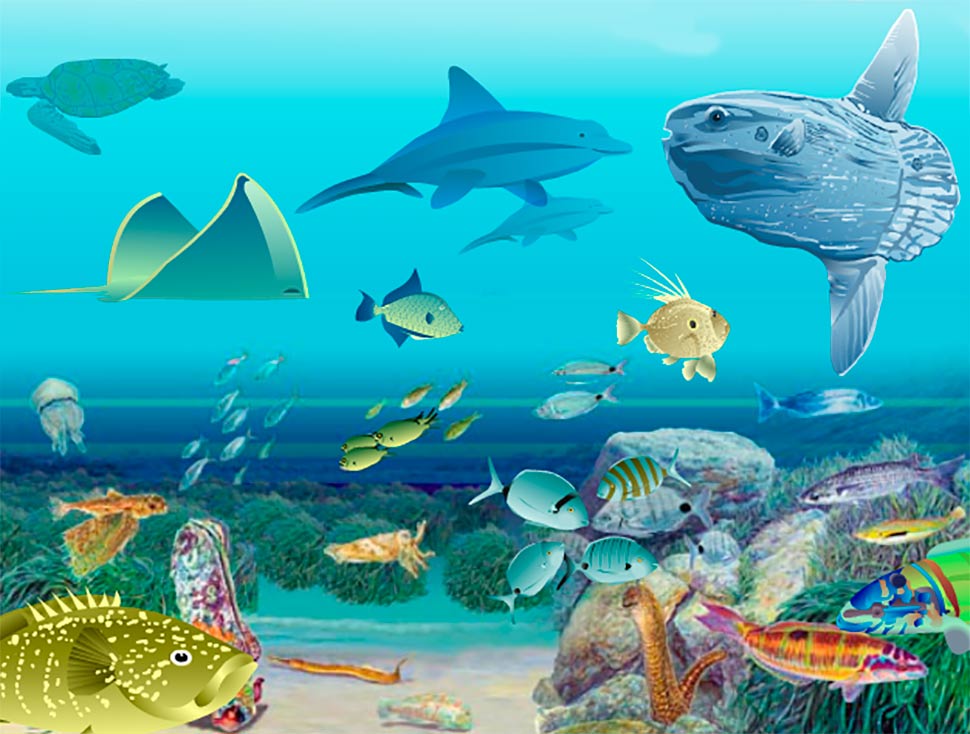
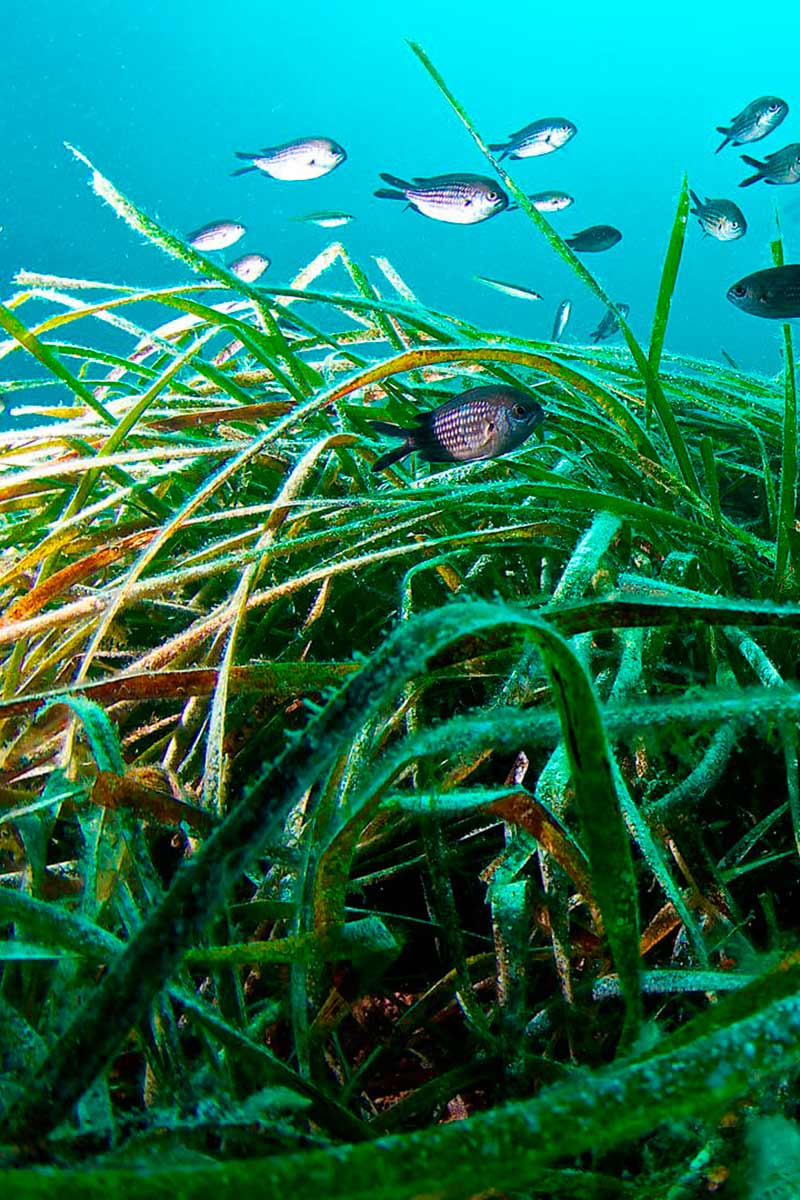 Posidonia Oceanica
Posidonia Oceanica
It will be from the 5 meters and until the 20 where the most experimented they enjoy a unique spectacle which we will divide for its better understanding in three bottoms:
1. – Sand bottom
First, with variety of thickness in the sands, it shows the fine one greater depth, seated in a bottom muddy with fanerógamas marine, that are, more than seaweed, true plants with flowers, a rich fauna camouflaged between sediments: bivalvos moluscos like the coquinas, to chir them, etc… gasterópodos like cañailla, eggs of nática and cephalopods, like jibia.
2. – The rock bottom.
In him one is, to little depth, the vegetal cover filled with seaweed, sponges, madréporas, anemones, false chorale, annelids, moluscos, sprocket wheels and stars, like the burdock and fish of colors like the Musical fish or Little king, the Verrugallo, the Green Fish, the Mojarras and to greater depth, the Mere one, Colored person and the Rascacio. All of them find great amounts of foods between the seaweed and refuge in the cracks, in a delicate balance with which all we must collaborate.
3.- Plains of posidonia.
The posidonia is one fanerógama with flowers, leaves, rizomas and roots. Form ample lifting prairies of the primary production, the oxigenation and even influences in the movement of the masses of water. Seated initially in rocky bottom to 20 m.s of depth, it is populated by numerous species with equinodermos and cephalopods (common squid), nacra (bivalvo giant) and the red stars.
ALL ABOUT CABO DE GATA
1.- Mónsul Beach
2.- Genoveses Beach
3.- El Playazo
4.- El Arco Beach
5.- San José Beach
6.- Agua Amarga Beach
7.-Peñon Blanco Beach 8.- Los Muertos Beach
9.- El Barronal Cove
10.- El Plomo Cove
11.- San Pedro Cove
12.- Los Amarillos Cove
13.- Lance Cove
14.- En medio Cove
15.- Arena Cove
16.- Los Toros Cove
17.- Las Negras Beach
18.- La Media Luna Cove
19.- San Miguel Beach
20.- Rajá Cove
21. La Fabriquilla Beach 22.- Embarcadero de los Escullos Beach
23.-Carnaje Cove
24.- Carboneras Beach
25.- Carbón Cove
26.- Higuera Cove
27.- Grande Cove
28.- Cuervo Cove
29.- Chica Cove
30.- Príncipe Cove 31.- Bergantín Cove -
32.- Las Amoladeras Beach -
33.- La Almadraba Beach
34.-Ancon de Cabo de Gata Beach
35.- El Algarrobico Beach
36.- Torre Garcia Beach




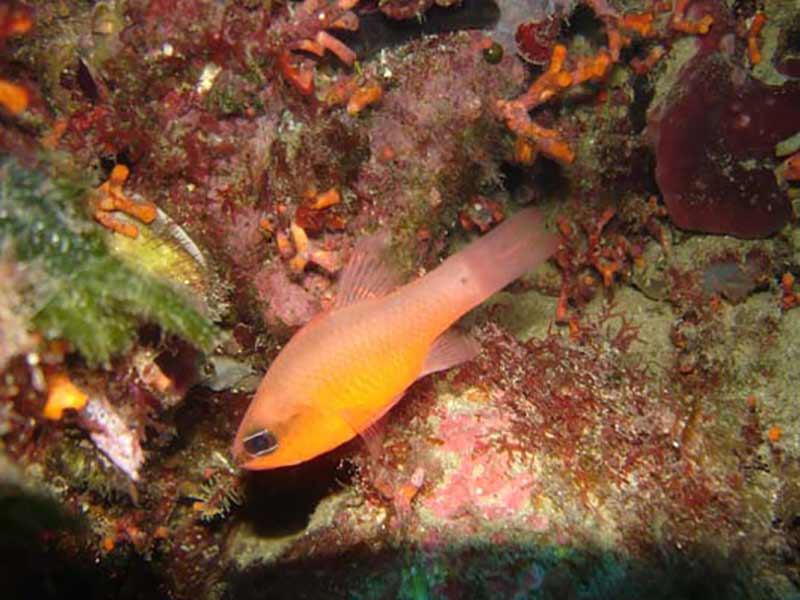
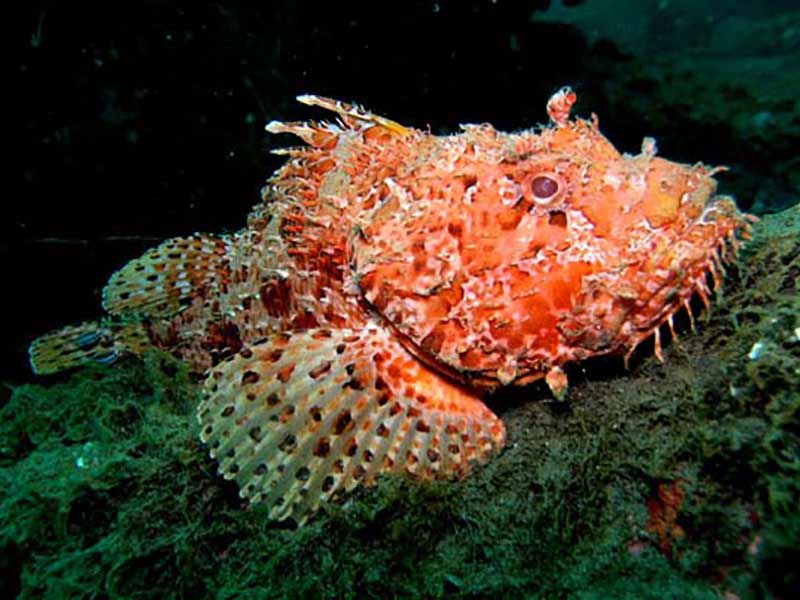
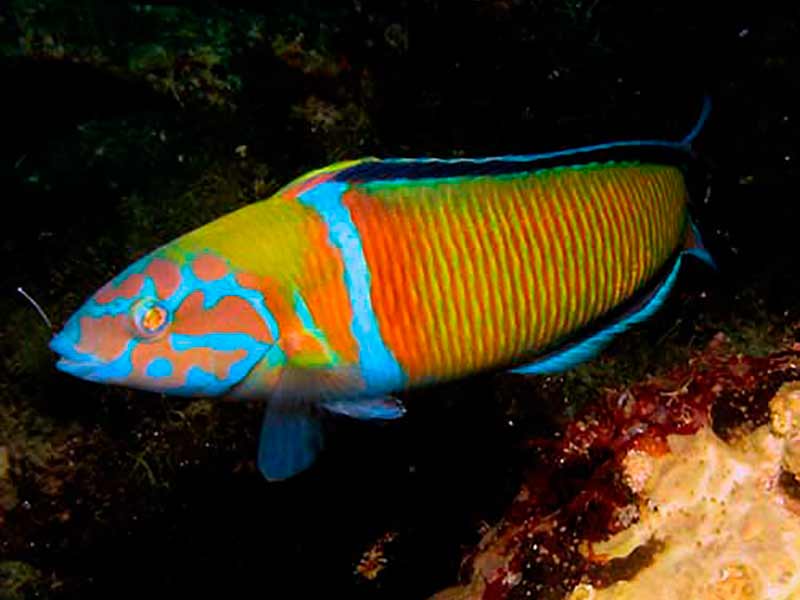
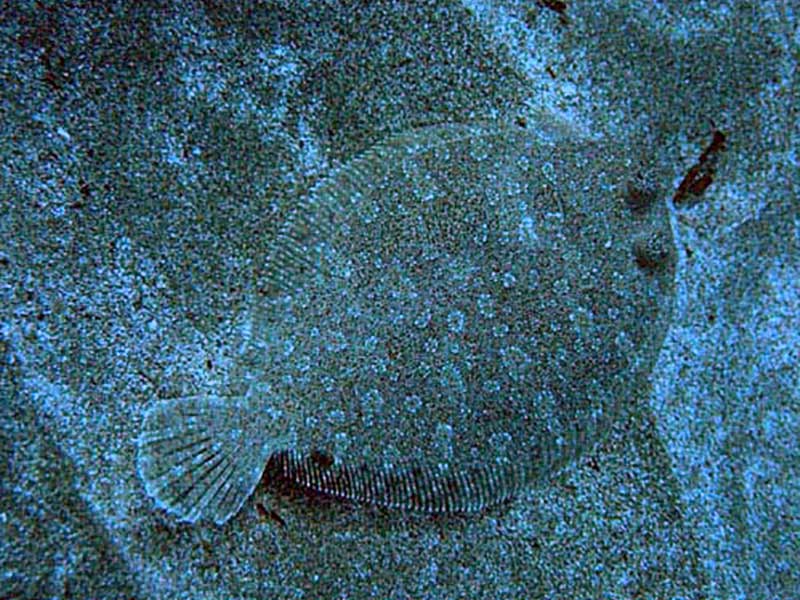

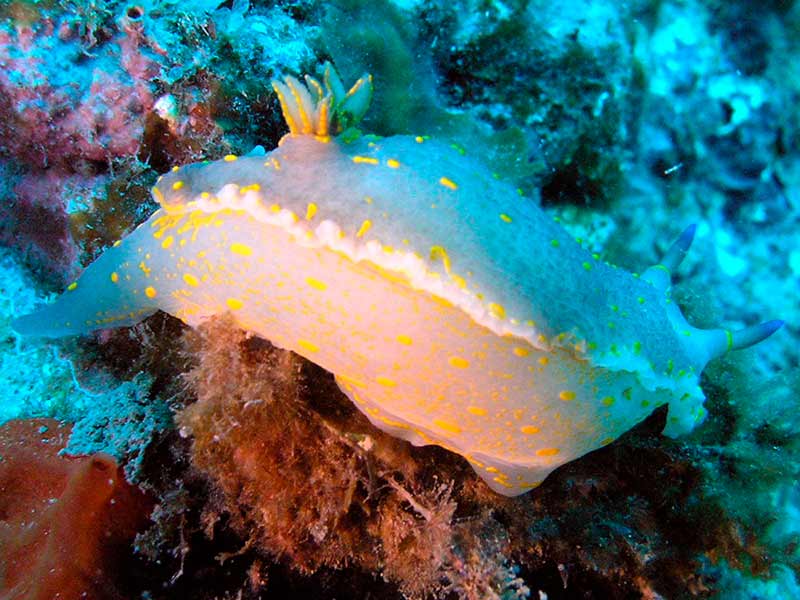
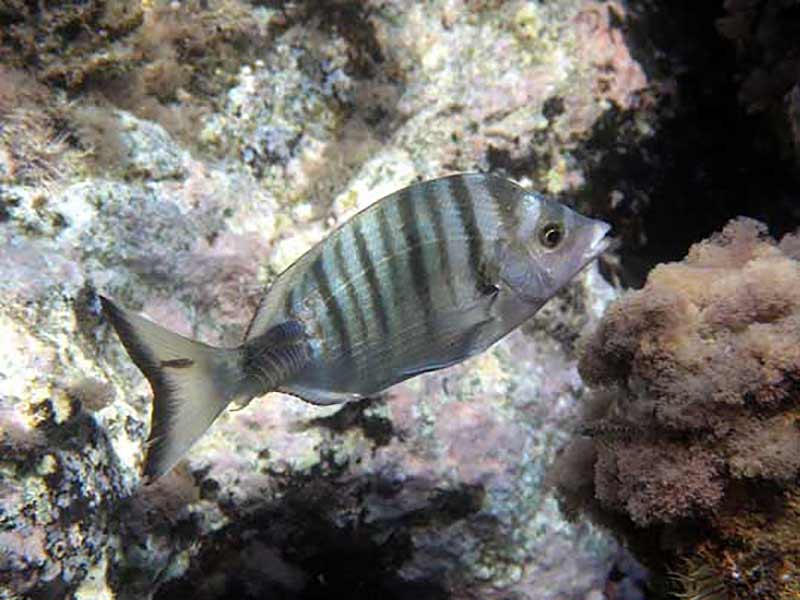
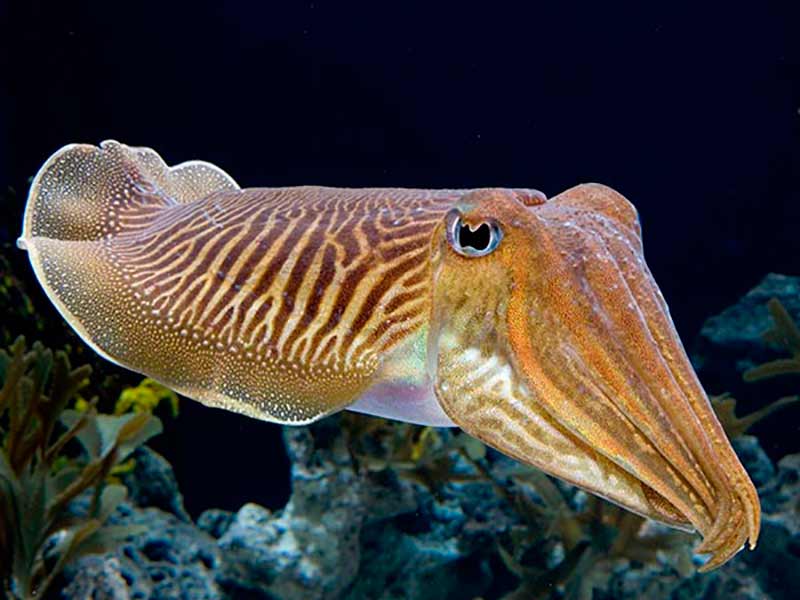
 Web Design
Web Design